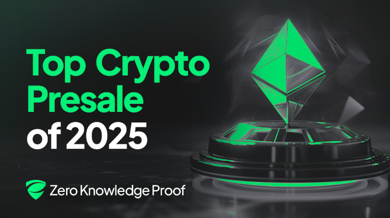
In the world of blockchain technology, decentralization is a key principle. One area where decentralization is gaining traction is in the realm of blockchain “sequencers” for layer-2 networks. These sequencers are responsible for compiling transactions on secondary networks and recording them on main layer-1 blockchains like Ethereum.
Projects like Metis, a layer-2 network for Ethereum, have been at the forefront of developing decentralized sequencers. By decentralizing this critical component, these projects are enhancing the security and efficiency of layer-2 networks, while also promoting greater decentralization across the blockchain ecosystem.
Decentralized sequencers hold the promise of improved scalability, reduced costs, and increased resiliency for layer-2 networks. By distributing the task of transaction compilation across a decentralized network of nodes, these sequencers can enhance the overall performance and reliability of layer-2 solutions.
As the blockchain industry continues to evolve, the development of decentralized sequencers is likely to play a significant role in shaping the future of layer-2 networks. By embracing decentralization at every layer of the blockchain stack, projects are paving the way for a more robust and resilient decentralized web.







